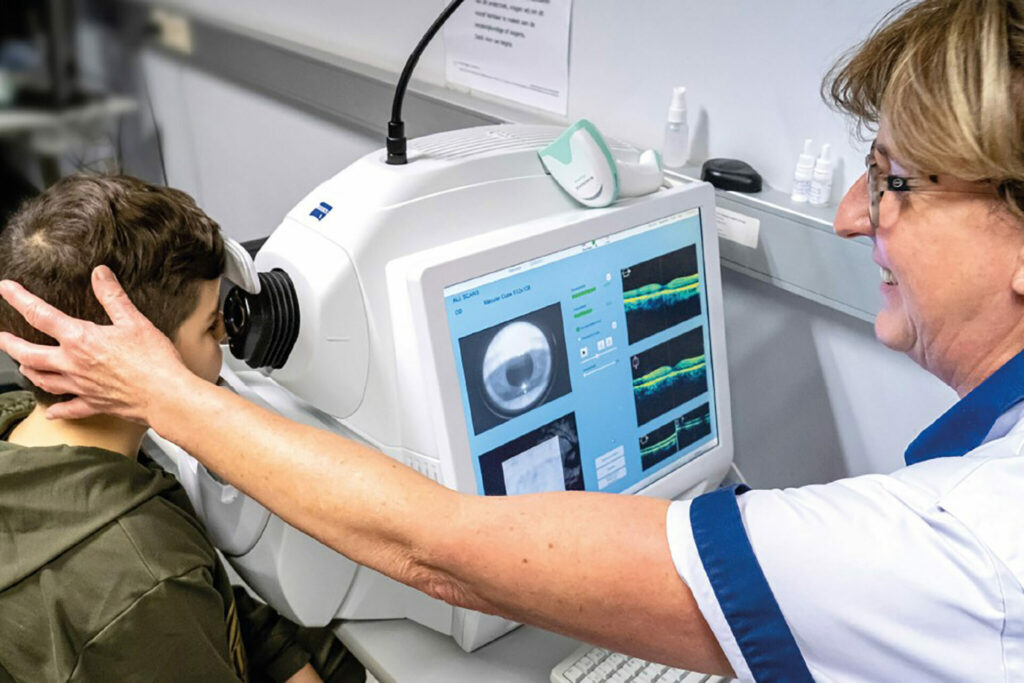An increasing number of children are becoming shortsighted from a younger age, according to paediatric ophthalmologists, who are calling on young children to play outside for an average of two hours a day.
While eye doctors are noticing a clear trend in the younger age of patients in their practice, there is no epidemiological data on shortsightedness in children in Belgium, and eye doctors have to rely on data from the Netherlands.
"There, we see that about 12% of 9-year-olds are already shortsighted, and a study specifically in Rotterdam shows that 22% of 13-year-olds there are shortsighted," Patricia Delbeke, president of the Belgian Association of Paediatric Ophthalmologists, told VRT.
Delbeke, too, emphasised that she is seeing more and more younger children with myopia (shortsightedness). "They used to be around 10 to 12 years old, now we see it emerging at the age of 4, 5 or 6." The condition is not only appearing earlier, but eye doctors are also diagnosing it a lot more, and at further developed stages, than they used to.
Changing lifestyles
In principle, shortsightedness can be dealt with easily: the child gets glasses, and special eye drops (atropine) which inhibit the growth of eyeballs and are very effective also exist, but the real risks are mainly in the longer term.
"The big problem is that those children can have worse myopia, more than -5 and -6," said Delbeke. "In adulthood, they remain 'highly myopic' and have a greatly increased risk of eye disorders (such as retinal detachment and bleeding in the eye, among others). Those complications can lead to poor vision and even blindness."
According to her, it is no exaggeration to speak of an epidemic. "Mainly because many problems can also occur later in life, also with socio-economic consequences for the people themselves and for society."
The reason for the rapid increase of shortsightedness at a younger age is associated with people's changing lifestyles. "Myopia is always an interaction between different factors. There is obviously heredity, but we are seeing more children who are shortsighted, so there are other factors at play."
Related News
Children are outside less often, and therefore have reduced exposure to daylight, which is the best way to prevent developing the condition. Instead, young children are staring at screens a lot more often, and also for longer periods, Delbeke explained.
"We recommend being outside for two hours a day from an early age. The light intensity is a lot higher outside than inside and that makes the eye grow less," she said. "Dopamine – released when playing outside or playing sports – also makes the length growth of the eyeball slow down."
Besides outdoor light, not looking at screens for long periods of time is also important. "We cannot ban screens, but it is key to use them in moderation. With young children, it is also important to keep them further away from the eyes."
A clear and easy rule is the "20-20-2" rule, said Delbeke. "After 20 minutes of reading or looking at a screen, it is best to relax your eyes for 20 seconds by looking into the distance. In addition, you should also spend at least two hours a day outside."

